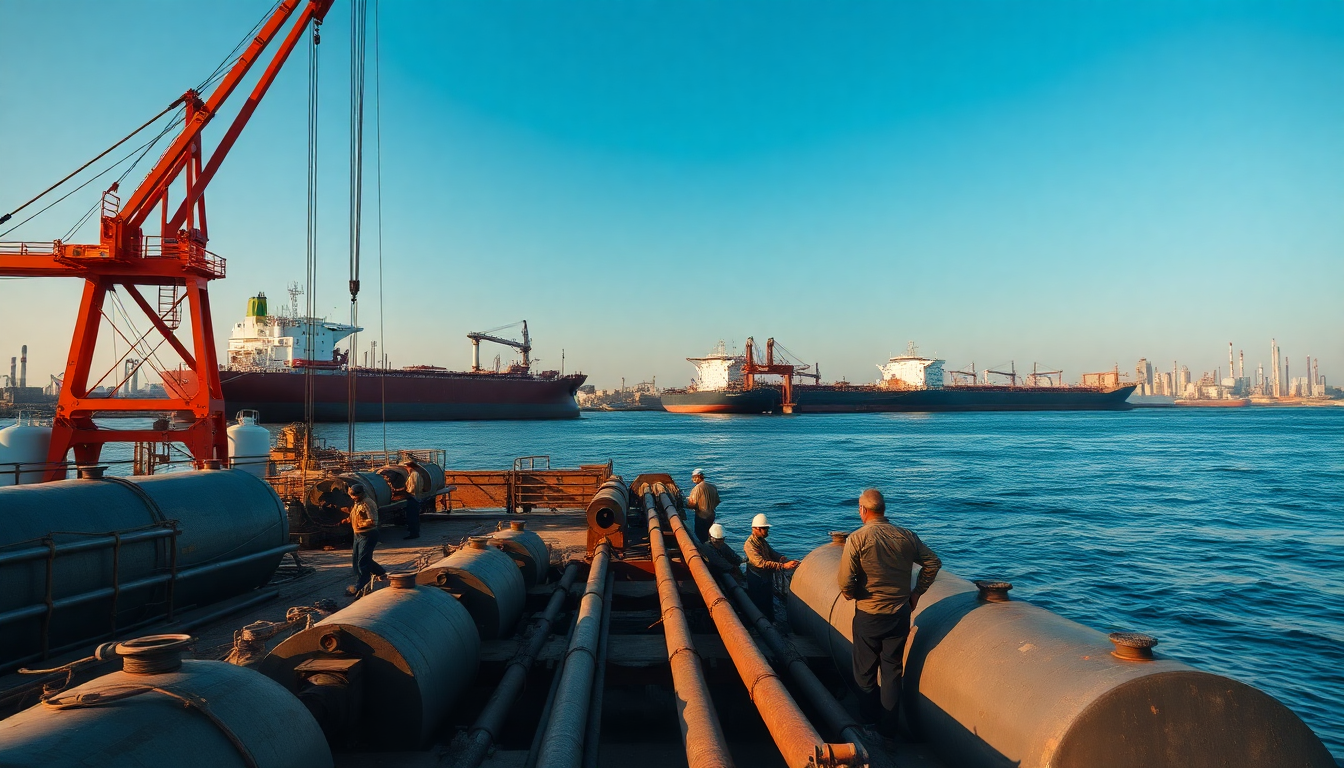Table of Contents
Have you ever thought about how the world’s political climate can affect what countries buy and sell? Well, India’s recent leap in importing Russian crude oil is a perfect example of this complex relationship. Just think about it: before the Ukraine conflict, India was sourcing only 3% of its oil from Russia, but now that figure has skyrocketed to a staggering 50%. This article will explore what this shift means for India, the reactions it has sparked, and its broader economic impacts.
Market Overview and Import Dynamics
As the war in Ukraine continues to unfold, India finds itself navigating a tricky landscape in terms of energy imports. Historically, India has enjoyed a strategic partnership with Russia, particularly in the realms of defense and energy. However, the recent surge in Russian crude imports has raised eyebrows, especially in the United States, which has reacted by imposing tariffs to curb this trade. President Donald Trump’s decision to slap a 25% tariff on Indian imports from Russia highlights just how intertwined energy choices are with global politics.
According to the Centre for Research on Energy and Clean Air (CREA), Reliance Industries (RIL) has emerged as the biggest player in this arena, becoming the largest importer of Russian crude. Just picture this: the Jamnagar refinery, which once imported a mere 3% of its crude from Russia in 2021, has seen that figure leap to about 50% in 2025. This dramatic shift truly reflects the evolving dynamics of global oil markets and the influence of price cap mechanisms on buying habits.
Analyzing Price Trends and Market Opportunities
Back in February 2023, a price cap on Russian oil products was put in place, intended to reduce Russian revenues while maintaining a steady global supply. While the goal was to make Russian oil less attractive, the reality turned out to be a bit more complicated. The price cap has stagnated at $60, creating a scenario where buyers like India still find Russian crude appealing due to its competitive pricing.
To complicate matters further, a so-called shadow fleet has sprung up, designed to evade enforcement of sanctions. With a significant portion of Russian crude being shipped on these vessels, it’s clear that traditional methods of policing oil trade are being bypassed. As India continues ramping up its Russian crude imports, the implications for its current account deficit and energy security are becoming increasingly critical.
Strategic Implications and Future Predictions
As India weaves through this intricate web of energy imports, the implications stretch far beyond just economics and into the realm of international relations. While the immediate benefits of lower crude prices are tempting, analysts warn that India needs to consider the potential backlash from Western nations and how the global energy landscape is evolving.
Looking ahead, the European Union’s upcoming ban on imports of refined petroleum processed from Russian crude, set to take effect in January, is sure to shake things up. With RIL heavily dependent on European markets for its jet fuel exports, this ban could force a serious reevaluation of export strategies. The interconnectedness of global markets means that India’s choices in the energy sector will have significant ripple effects on its diplomatic relations and economic stability.
In conclusion, as the geopolitical landscape continues to change, India’s approach to Russian crude imports will need to balance immediate economic benefits with long-term implications for its global standing. The delicate interplay of energy security, international relations, and economic resilience will be crucial in shaping India’s energy policies moving forward. What do you think will be the next move in this ever-evolving chess game of global trade?


